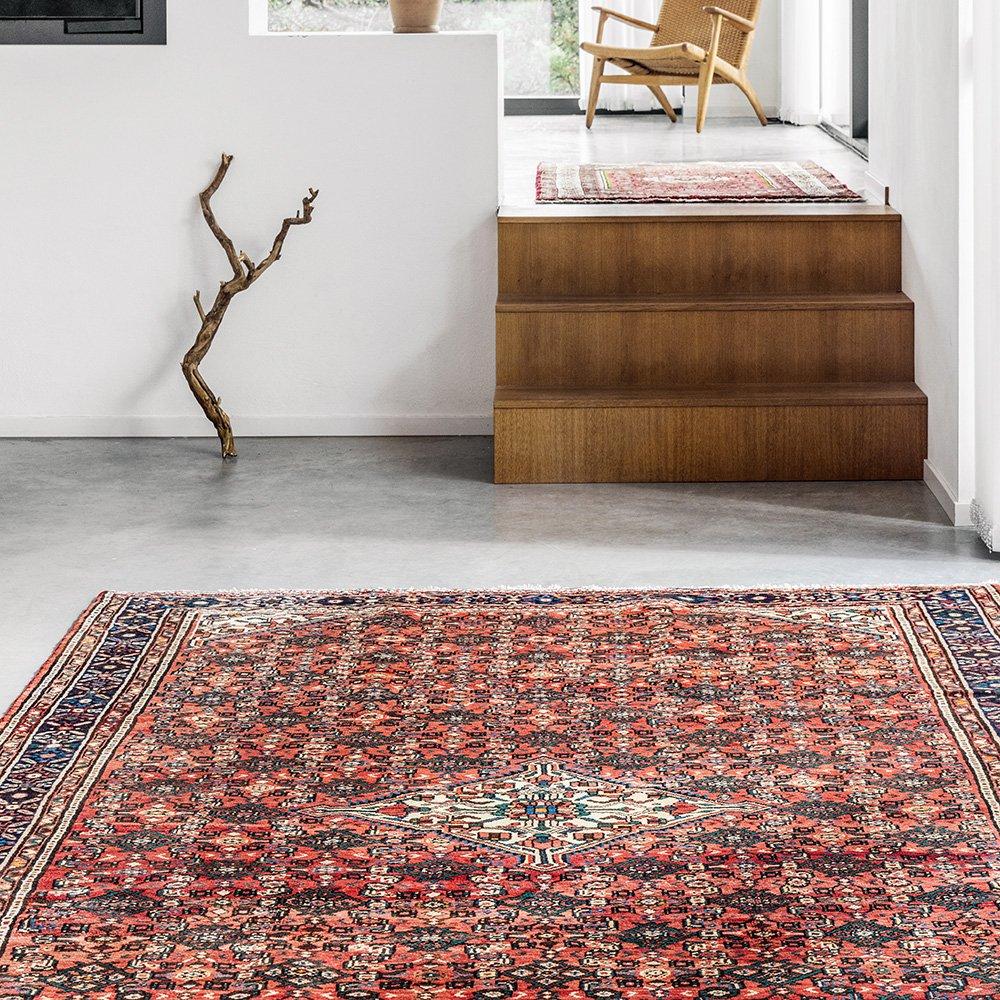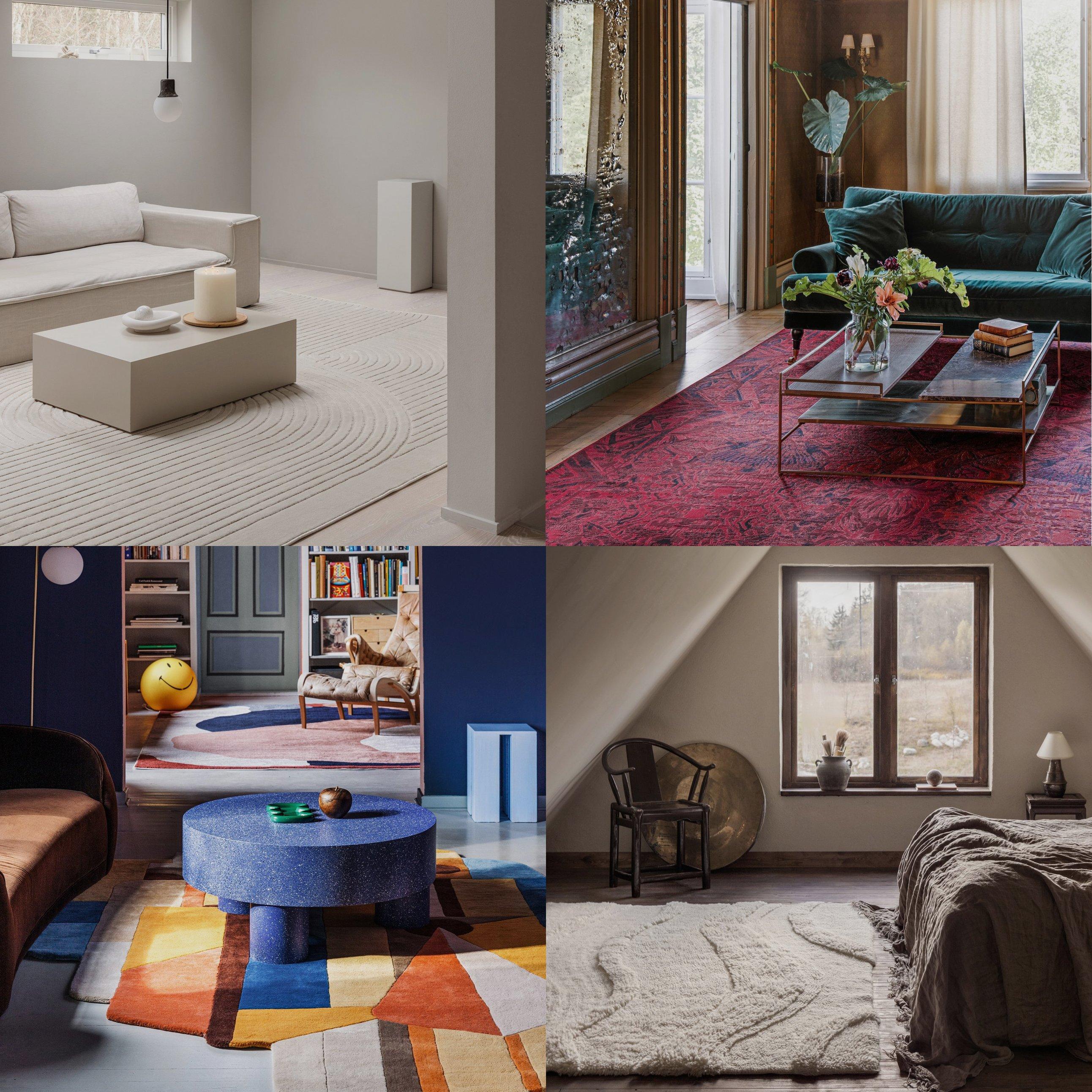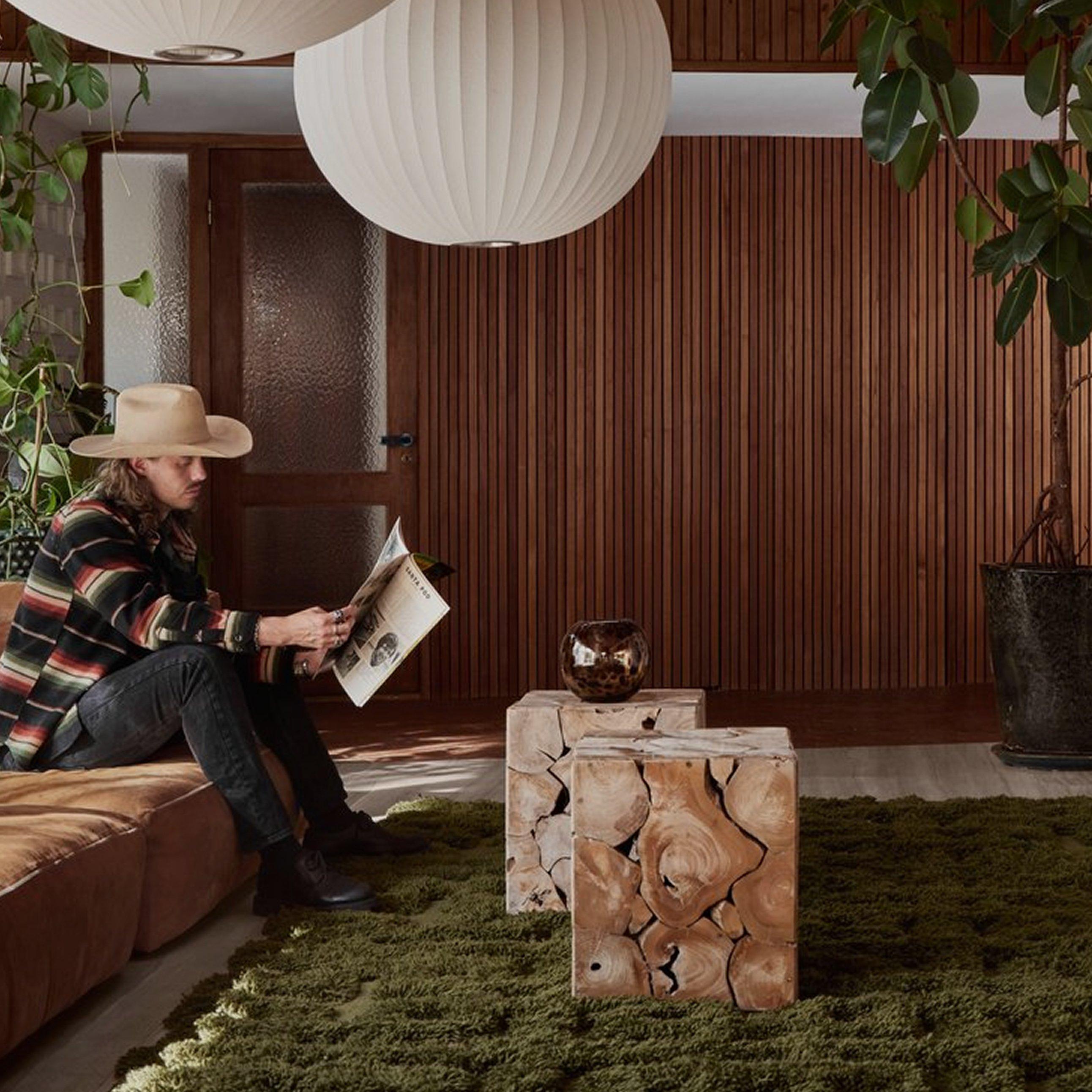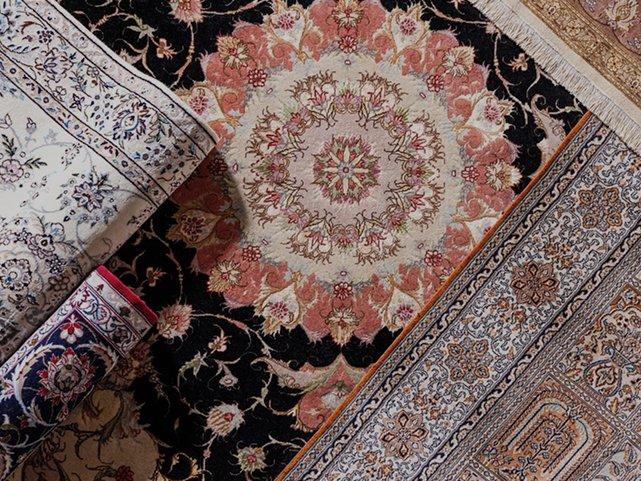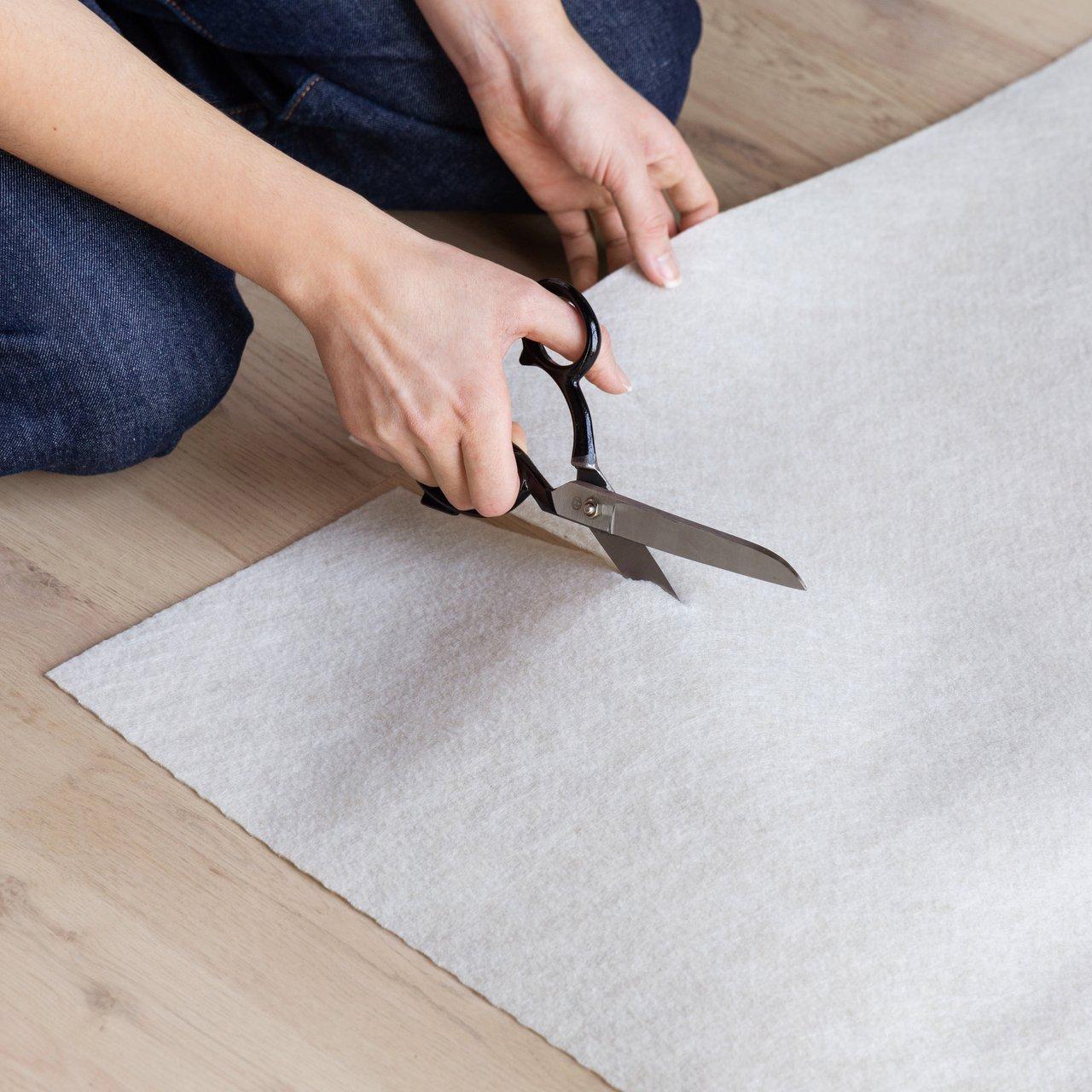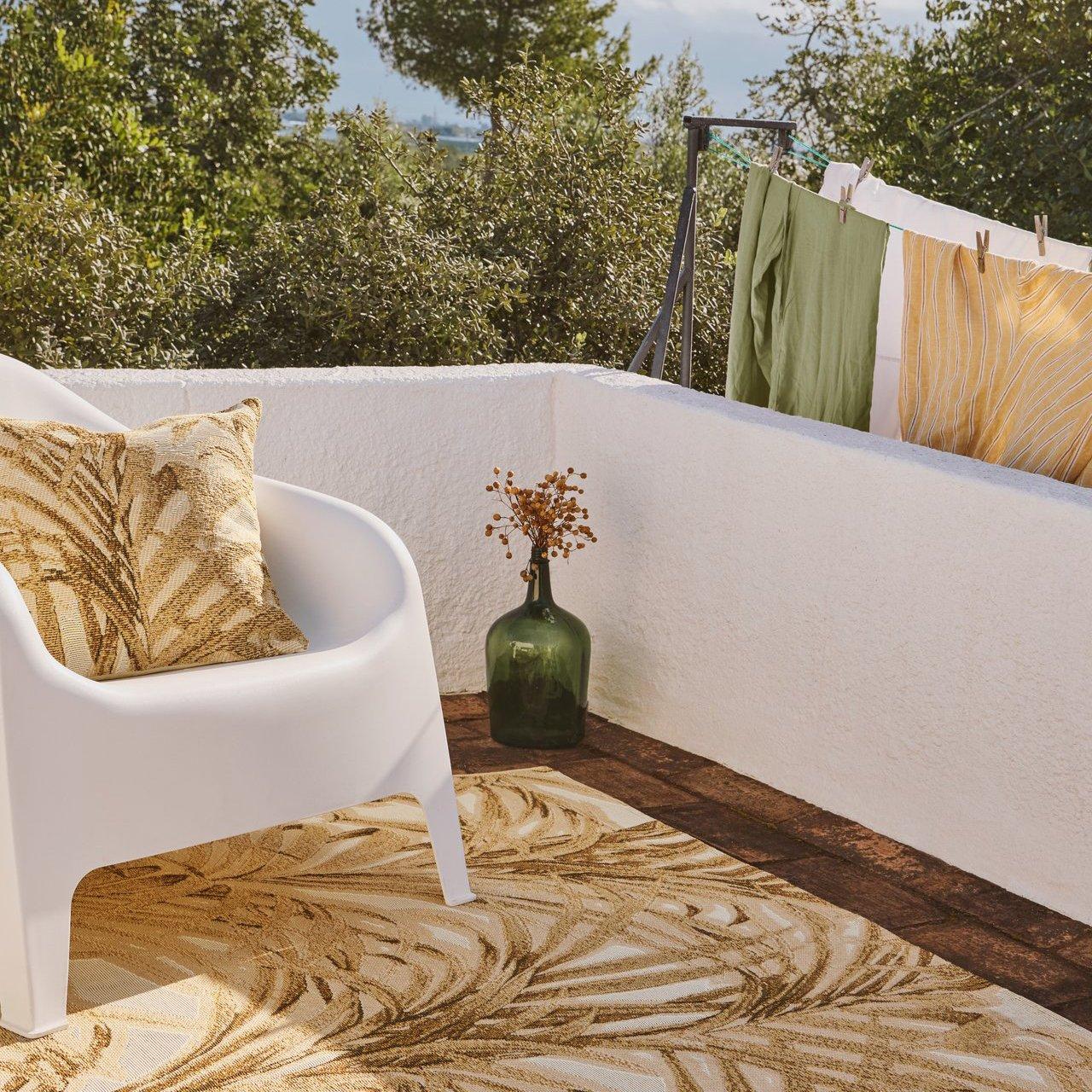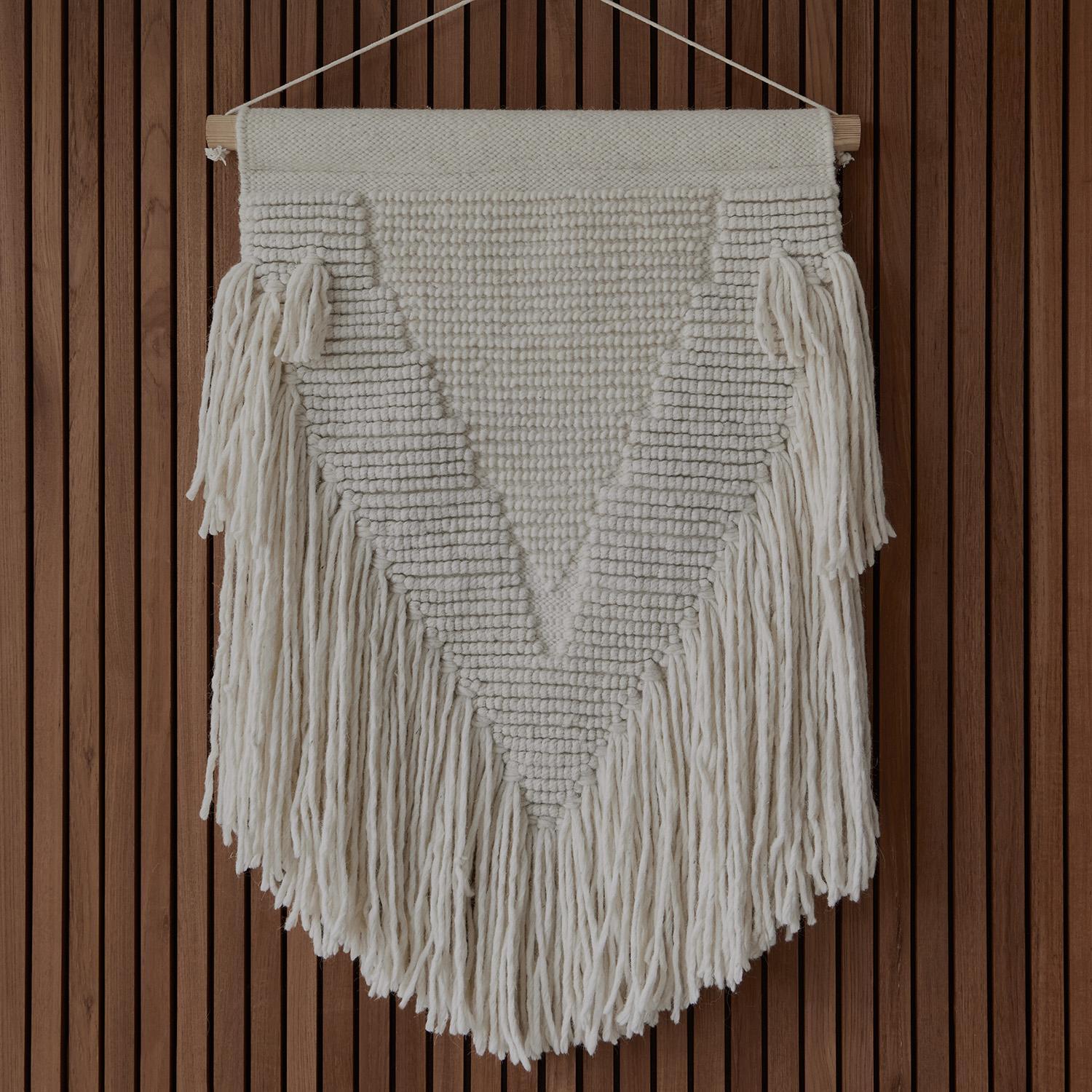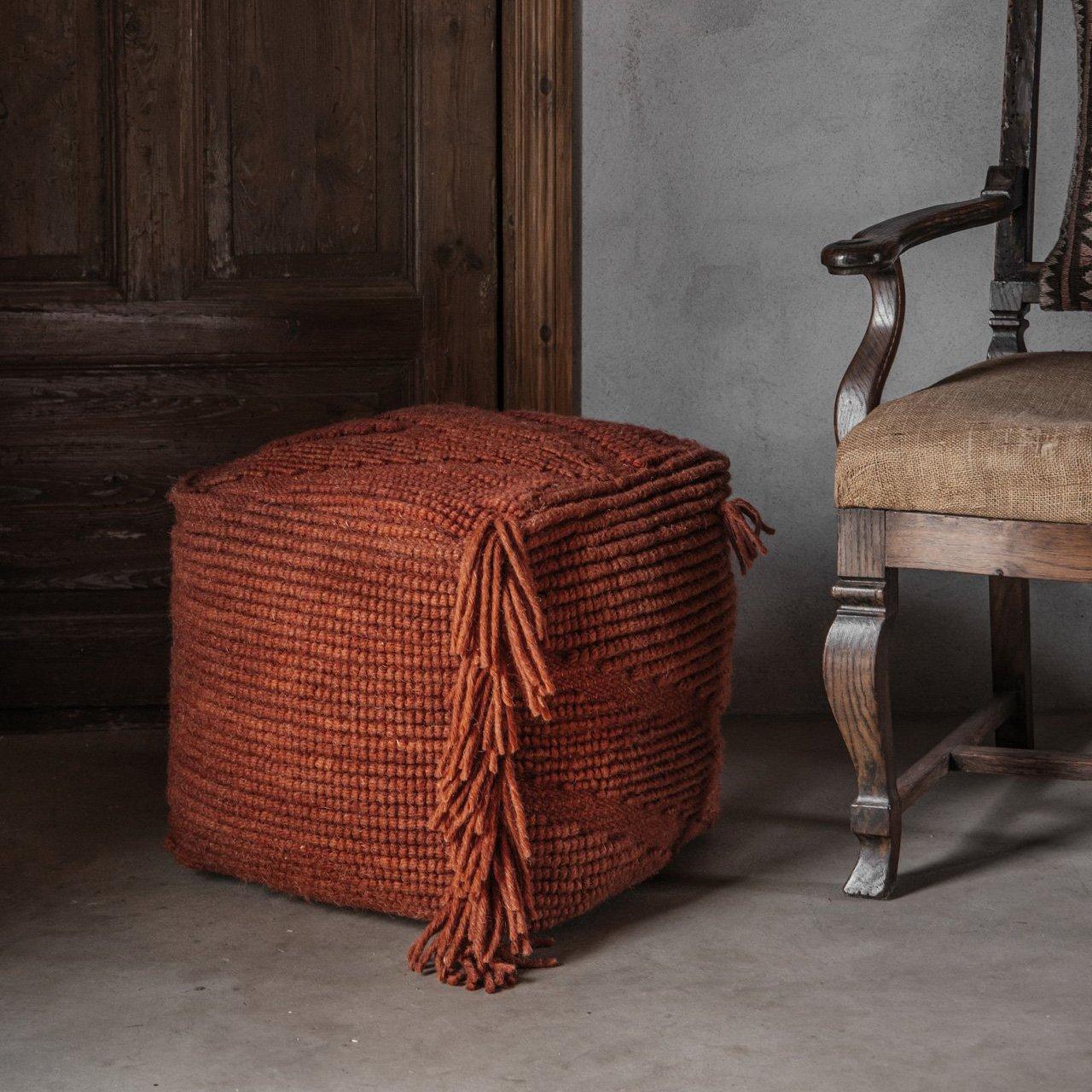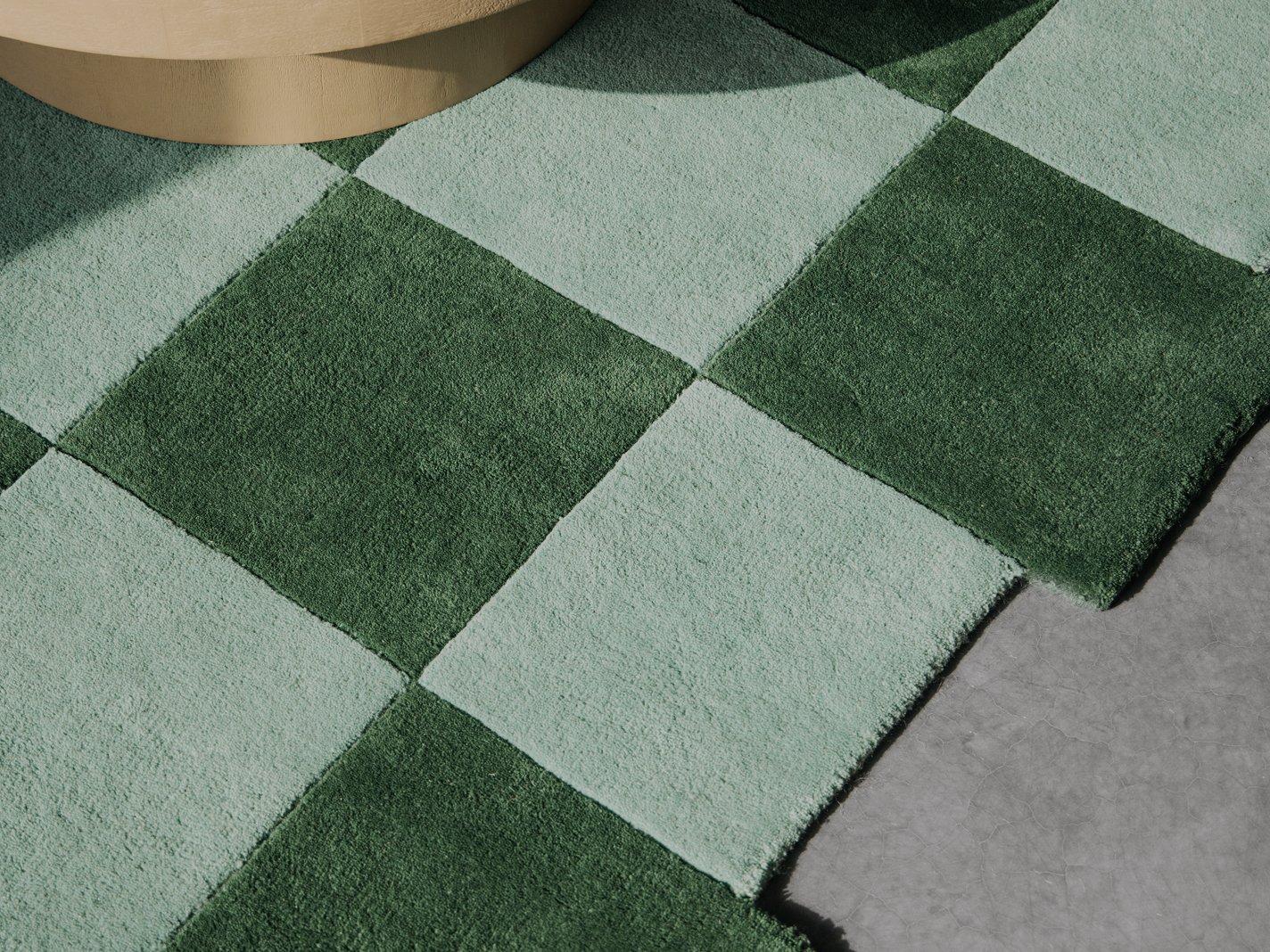A guide to oriental village rugs
Oriental village rugs are a vibrant expression of Persian heritage. They’re crafted in villages throughout the region and celebrated for their unique designs and enduring quality. Some of the most iconic types include Mashad, Keshan, Bakhtiyar, Hamadan, and Hosseinabad. Village rugs are a testament to generations of artistry, with patterns and techniques passed down over time.
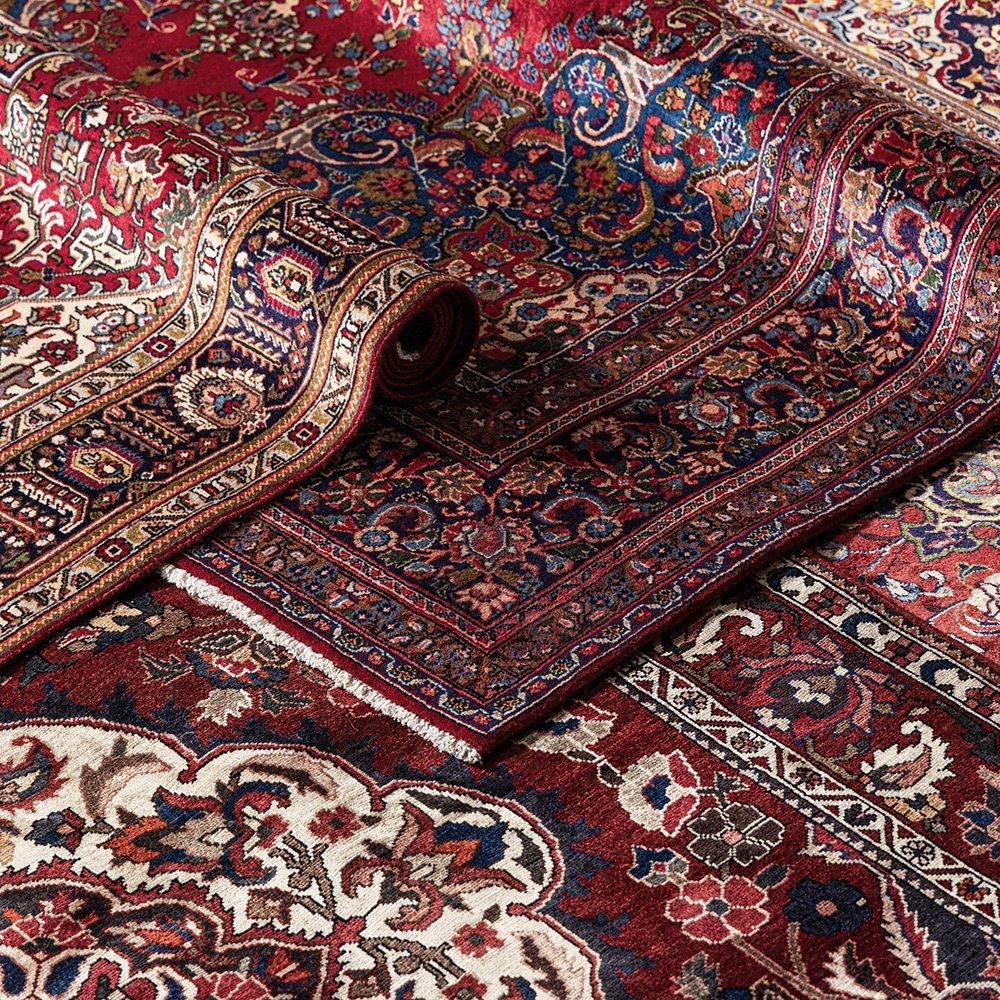
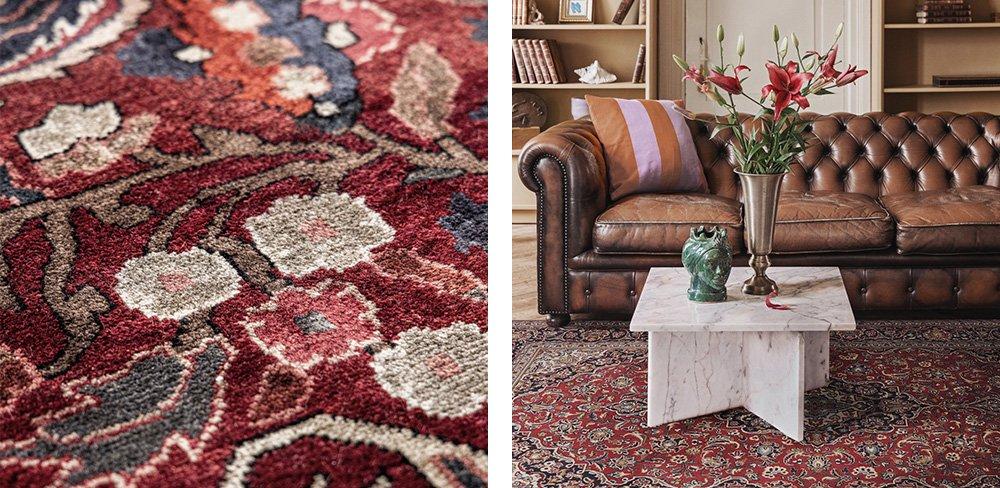
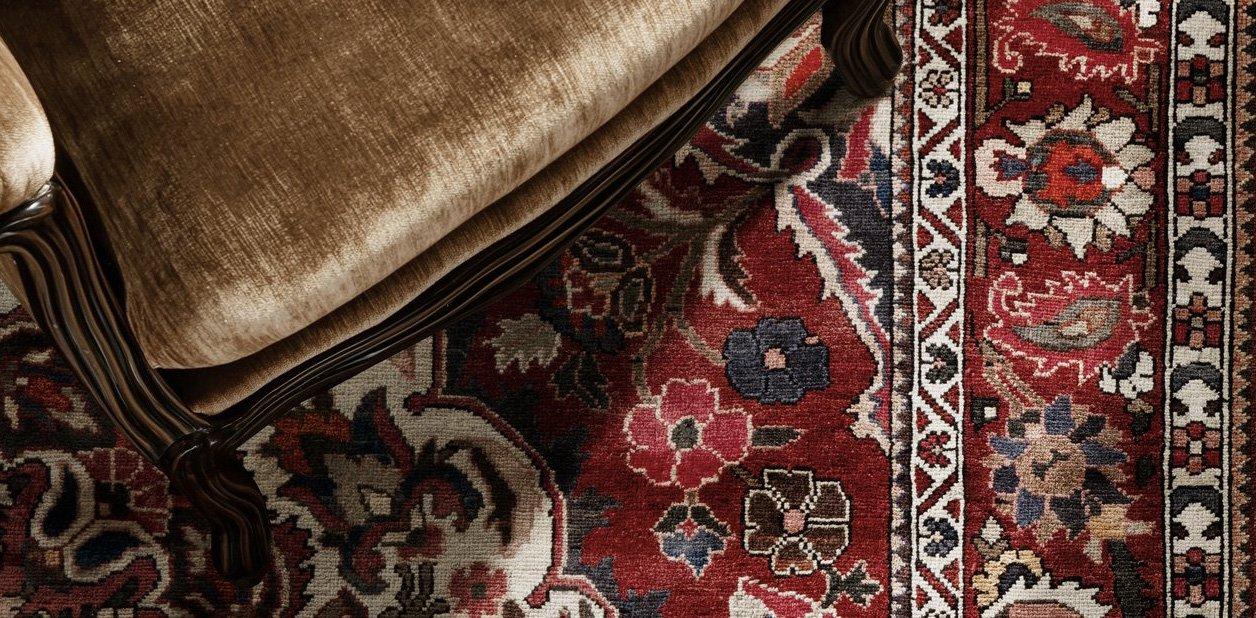

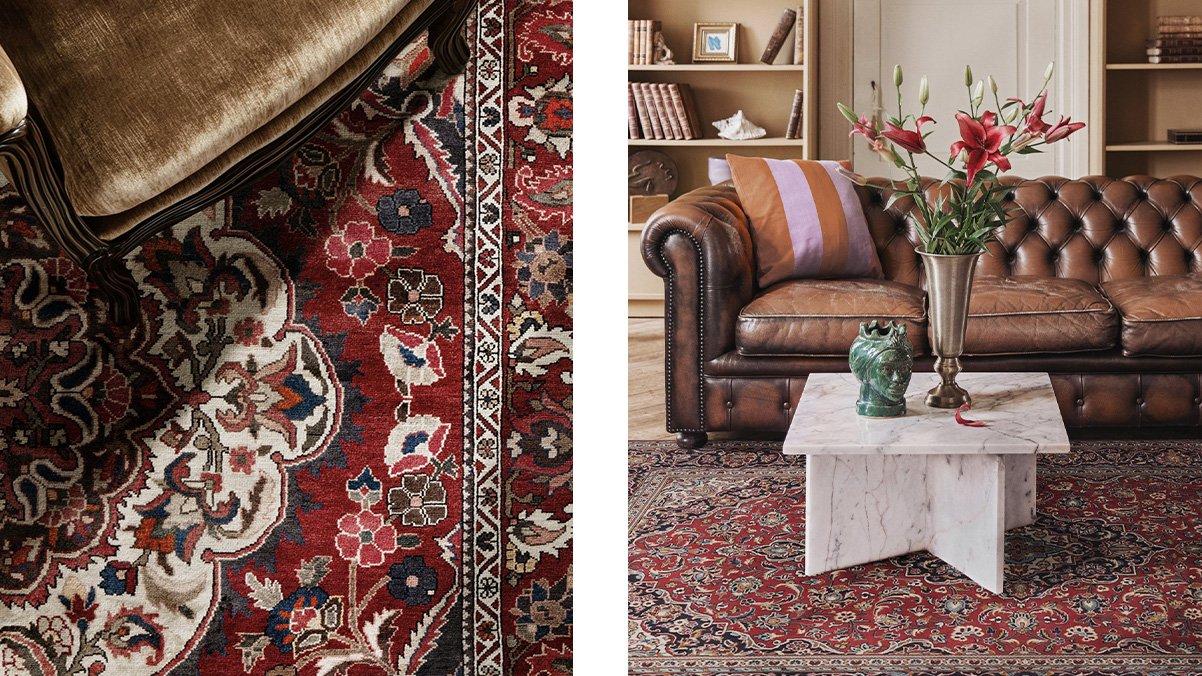
What are village rugs?
The term “village rug” is used to describe a wide range of Persian rugs which are all produced in villages throughout the region. Despite being crafted in different areas, all oriental village rugs have some similarities in them. In general, they all use high quality, locally sourced wool. Village rugs are also almost exclusively knotted by women, weaving traditional designs and patterns that have been passed down the generations. A village rug will have around 90,000 to 120,000 knots per square meter, with large carpets taking up to a year to knot.
The base colours used are typically red or blue and a medallion pattern is often used in
the middle but floral or geometric patterns are also common. The craftmanship and knowledge that it takes to make these rugs ensures a rug in high quality that you will have for a very long time.
Village rugs cannot be made to order. They’re never mass produced, as the female weavers work on their own terms, crafting each rug as they envision it. Tradition is also essential here – conventional colours or sizes of village rugs cannot be altered upon request.
This independence and devotion results in unique and authentic pieces that cannot be replicated. However, this skilled trade is slowly being lost, only making it more complex and difficult to find and buy these beautiful rugs.

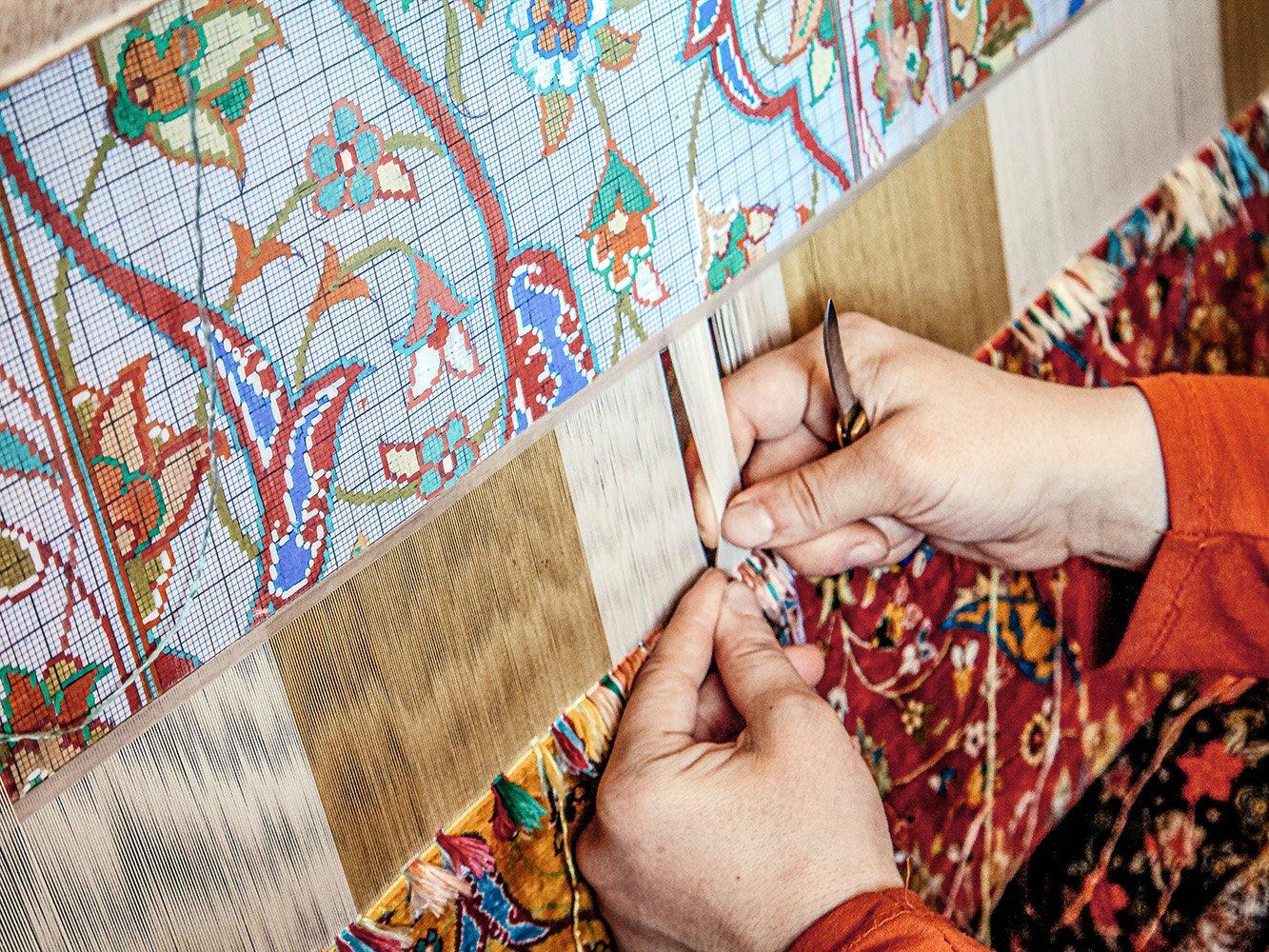
What are some of the most popular types of oriental village rugs?
Despite the production of village rugs becoming more scarce, there are still several regions where traditional village rugs are produced. Some of the largest and most common types of village rugs are Mashad, Keshan and Hamadan.
Bakhitar
Handwoven by the Bakhtiari tribe in the Zagros Mountains of central Persia, Bakhtiari rugs are one of the most stunning types of oriental village rugs. Their patterns and motifs reflect the rich cultural heritage and traditions of the skilled weavers who produce them.
Traditional Bakhtiari carpets are known for their durability, crafted from strong, thick wool. Their designs typically feature intricate patterns, motifs and geometric shapes while bold colours and vibrant hues give the rugs stunning prominence wherever they’re placed.
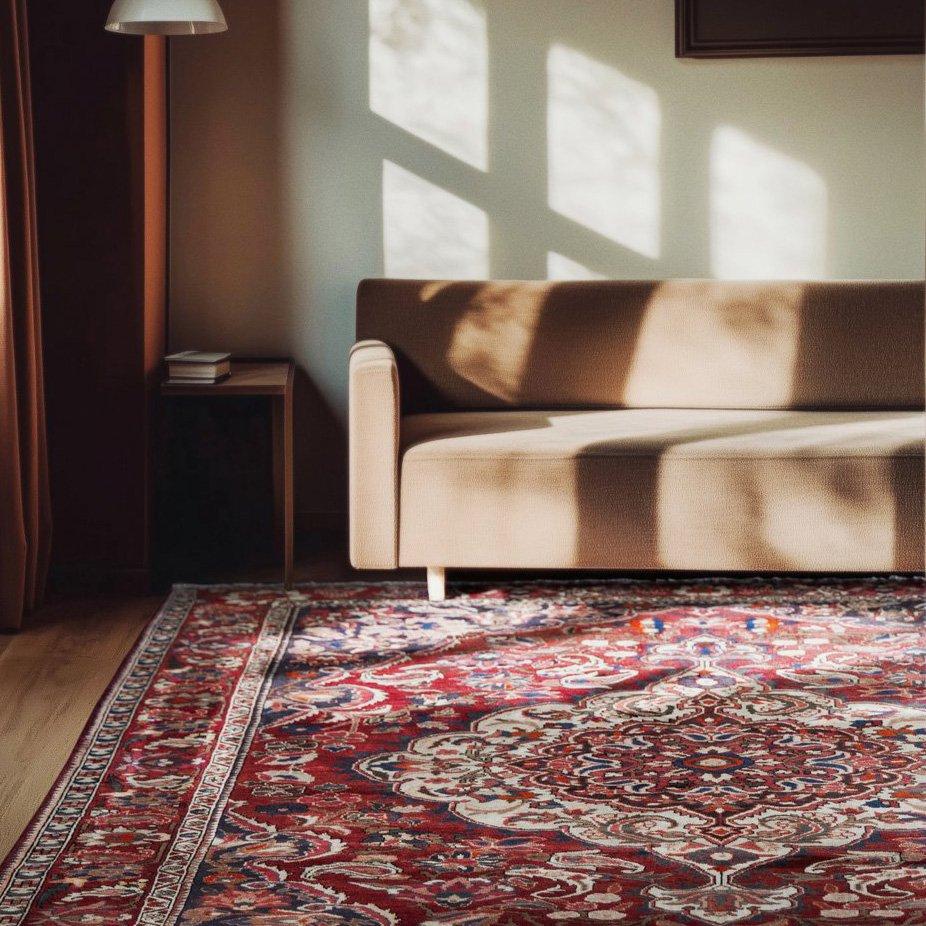
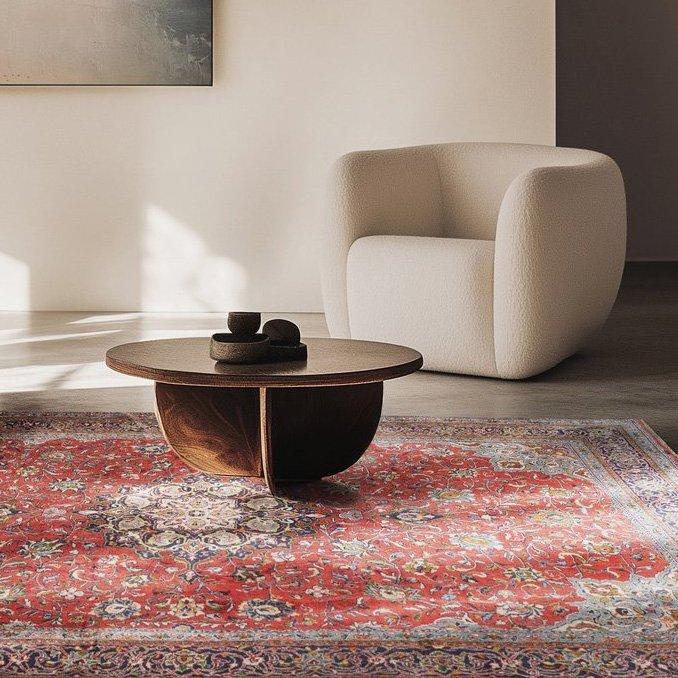
Sarough
The Persian village of Sarouk is home to some of the most skilled rug weavers and knotters. The rugs and carpets they produce are highly sought after by collectors and homeowners alike.
Sarouk rugs are hand-knotted using high-quality, locally-sourced wool. They typically feature floral patterns, centrally placed medallions and a distinct border. Symmetry is key to the design while rich, warm hues such as reds and blues create a stunning, luxurious feel.
Hamadan
Hamadan serves as a bustling market city for numerous rug-weaving villages, each with its unique style. While the patterns vary widely, the quality remains consistently high. The rugs, typically smaller in size, showcase bold colours, often derived from natural dyes and daring designs.
Hamadan rugs are a testament to the diversity and creativity of the region’s rug-weaving heritage. They boast a wide range of patterns and strong colours and the rugs are usually not much bigger than 3×2 metres.
